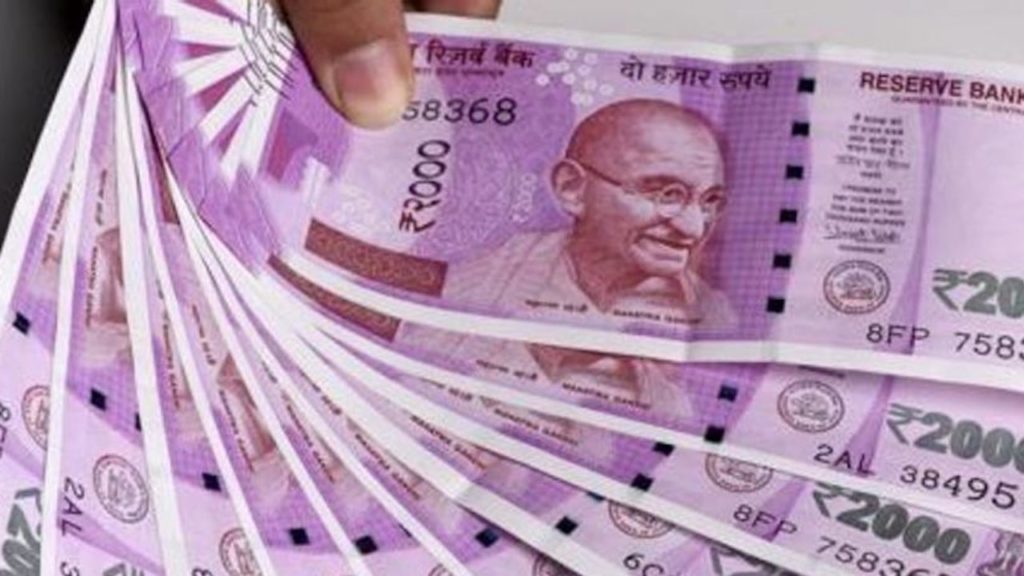Indians Taking Loans For House, Cars But Not Education; 155% Rise In New Loans Reported

The latest data from the Reserve Bank of India (RBI) reveals that Indians continued to take bank loans to buy houses, vehicles and pledge gold to borrow funds for use during the pandemic, while the loans to fund education saw a fall.
Loan Trends During Pandemic
While the only category of loans that consumers availed of during the first wave but not in the second wave was consumer durables, as per the RBI data on personal loans given by banks over the last 15 months.
The same is represented by bank credit data between March 2020 and May 2021 as the overall loans given by banks decelerated in the second wave (March to May).
Increase In Personal Loans
The data shows that the category of personal loans grew at an average of around 12 percent in the second wave as compared to around 11 percent in the first wave (April to September 2020).
Although, the central bank seems to be hopeful that its announced relief measures, steps taken by the government, and the pick-up in the pace of vaccinations across the country could aid economic recovery to revive overall demand for bank loans.
It is also noteworthy here that interest rates have fallen by as much as one percentage point since March 2020 for housing loans and education loans and by around 50-70 basis points for vehicle loans, as per the RBI annual report.
While the contraction in education loans would be mainly on account of the restrictions on educational institutions and travel.
Raise In New Loans
On Tuesday, Bajaj Finance reported a rise in new loans booked during the June 2021 quarter to 4.6 million compared to 1.8 million in Q1FY21.
The finance company said assets under management (AUM) for the June quarter stood at Rs 1,59,000 crore compared to Rs 1,38,055 crore as of June 30, 2020, while reporting provisional numbers for the June quarter.
By June 30, 2021, Bajaj’s customer franchise stood at 50.5 million compared to 43 million as of 30 June 2020.
Further, the company had acquired 1.9 million new customers in Q1FY22 as compared to 0.5 million in Q1FY21.
At the same time, Bajaj Finance’s consolidated liquidity surplus stood at approximately Rs 10,900 crore.
It seems that Bajaj Finance remained well-capitalized with a capital adequacy ratio (CRAR) of 28.6% as of June 2021.

Comments are closed, but trackbacks and pingbacks are open.